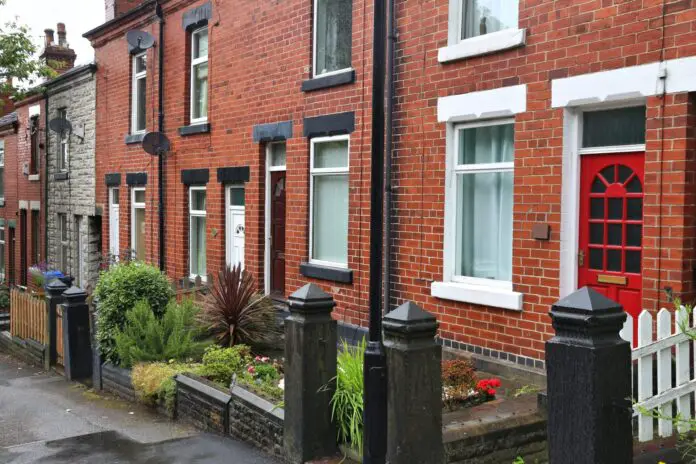Ethnic minorities spend a greater share of their household income on housing than White British counterparts but get less in return as they are more likely to live in damp or overcrowded conditions, according to new Resolution Foundation research.
Their report Heritage and home reveals how stark housing affordability gaps cannot be fully explained by ethnic minorities being, on average, younger, more likely to privately rent, and live in high-cost areas than White British adults – and explores other explanations, including stronger neighbourhood preferences as well as discrimination.
On average, ethnic minority adults live in households that spend more of their income on housing than their White British counterparts. This is especially true for Bangladeshi and Arab adults, who spend over twice as much of their household income on housing than White British adults (23 per cent and 26 per cent respectively, compared to 11 per cent).
The analysis shows this is not simply reflective of lower incomes among ethnic minorities. Despite having higher household incomes than White British adults, on average, Chinese and Indian adults still spend more proportionally on housing (16 per cent and 15 per cent of their incomes).
At least half of the housing affordability gap between ethnic minorities and White British adults is due to differences in age, tenure and region (except for Pakistani adults, where these factors explain 42 per cent of the gap) with low home ownership being the biggest cause. However, a significant portion of the affordability gap facing ethnic minority adults remains unexplained.
The research also finds that ethnic minority adults receive less in return for spending more, as they are more likely to live in homes that fail to meet basic quality standards. Black African and Bangladeshi-headed households are three times as likely to live in damp conditions as White British adults (9 and 10 per cent of homes have damp, vs. 3 per cent).
One possible explanation of the housing affordability gap could be that ethnic minority families need larger homes for larger households, compared to White British counterparts.
Instead, the research finds they are more likely to live in overcrowded and intergenerational households. Over one-in-six Pakistani, Black African, and Black other adults live in overcrowded homes, making them over 9 times more likely to live in overcrowded homes than White British counterparts.
The report authors say the housing affordability gap might be exacerbated by some ethnic minority groups, such as Arab and South Asians, paying a premium due to a stronger-than-average attachment to place and community. However, discrimination must also be considered as a factor – after all, 9 per cent of Arab people and 7 per cent of Black Caribbean people report experiencing ethnic discrimination in accessing housing within the last five years.
The Foundation says that the possibility of structural discrimination in housing access demonstrates the need for an official inquiry into housing costs and conditions for ethnic minority households.
Camron Aref-Adib, Economist at the Resolution Foundation, said:
“Ethnic minorities are spending a higher share of their income on keeping a roof over their heads.
“This affordability gap can’t be fully explained by where people live and whether they own or rent. And despite spending more, people are getting less in return – with Black African and Bangladeshi- households three times more likely to live in damp homes than their White British counterparts.
“Ethnic minority families are at the sharp end of Britain’s housing crisis and would benefit most from actions to tackle it, such as building more homes and strengthening rights for private renters.
“But the possibility of structural discrimination in our housing market is a serious concern, and one that warrants an official inquiry.”







